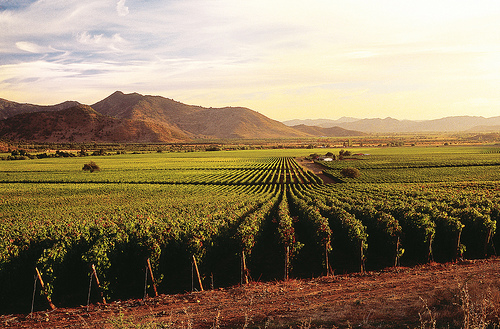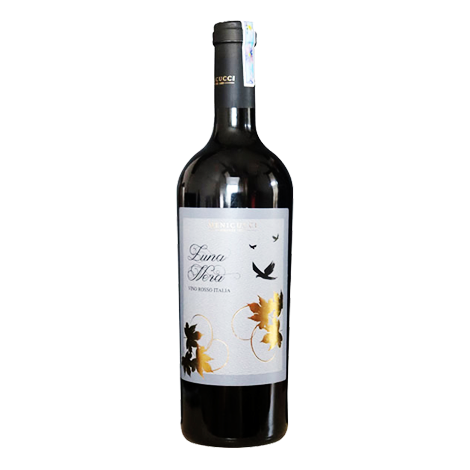Chilean wine history begins with the arrival of Spanish conquerors. In the mid-sixteenth century, the missionaries introduced the vines to produce wine for Catholic mass rituals. It is believed that the first vineyards in Chile were planted by Francisco de Aguirre Copiapó northern Chile. Diego Garcia de Caceres first planted vines in 1554 in Santiago. The grapes from the Santiago area were used in the mass production of wine, according to records dating back to 1555. The cultivation of vines and wine production moved south during the next one hundred years, reaching beyond the Bio Bio River.
Chilean wine exports increased rapidly between 1784 and 1789, competing in the international market with European wines. In 1831 it had a total of more than 19 million of vines planted in Chile.
After Chilean Independence the wine industry began to blossom.







